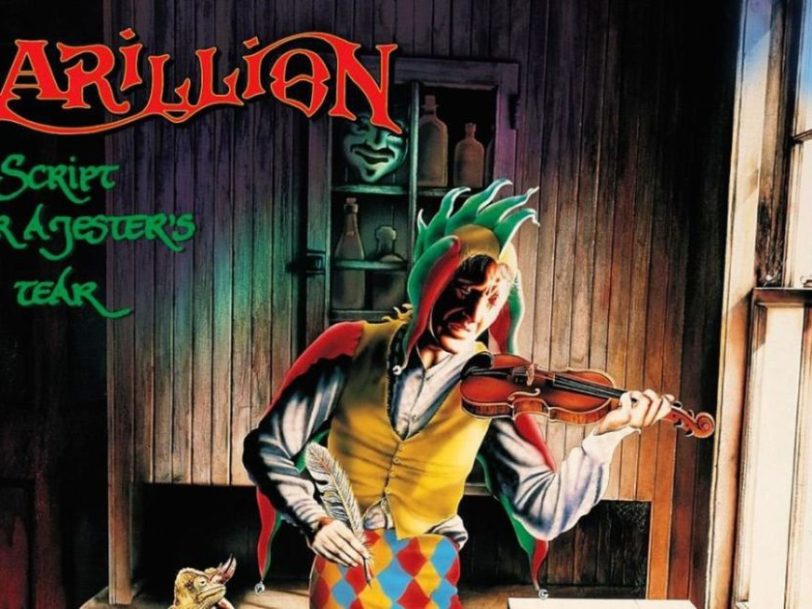When Marillion released their debut album, Script For A Jester’s Tear, in 1983, the progressive-rock scene was changed forever. Signalling a shift away from the more abstract, fantasy-based lyrical leanings of Yes toward the edginess and political consciousness of punk rock, Marillion opened themselves up to the studio innovations of the new-wave movement, combining synth-laden arrangements with intricate musicianship and vivid storytelling.
Fearlessly experimental and undeniably refreshing, Script For A Jester’s Tear demonstrated the group’s ability to craft melodic tunes while still leaving room for their signature sonic experimentation, and it put Marillion at the forefront of a neo-prog revival at a time when the genre seemed to be on its last legs. Here is the story of how Marillion’s Script for A Jester’s Tear had the last laugh and brought prog rock back from the brink.
Listen to ‘Script For A Jester’s Tear’ here.
The backstory: “I had to learn very, very fast”
Joining the band after it was founded in the late 70s in Aylesbury, Buckinghamshire, Marillion’s lead singer Fish – a nickname he adopted after his landlord criticised how long he would spend in the bath – quit his job in the Forestry Commission and decided to pursue his dreams of becoming a rock star. “I had to learn very, very fast,” he told Prog magazine. “I had a little paperback book that I bought. It was how to become a pop star.”
The band’s name, Marillion, was inspired by JRR Tolkien’s The Silmarillion, a collection of myths and legends set in Middle-earth which captured the mysterious, evocative quality that suited the band’s aesthetic. With a line-up of Steve Rothery (guitar), Mark Kelly (keyboards), Pete Trewavas (bass) and Mick Pointer (drums), the group drew from diverse influences such as Genesis, Yes, Pink Floyd and Jethro Tull, writing songs at a time when prog rock was considered by many critics to be dead in the wake of punk’s furious charge.
Playing in small clubs and building a fanbase, what truly set Marillion apart from the offset was Fish’s aggressive and venomous lyrics, which in some ways evoked the confrontational spirit of Sex Pistols, even though his voice ranged from a tender Peter Gabriel-esque croon to a soaring wail. After signing with EMI and releasing their first single, Market Square Heroes, in 1981, Marillion received airplay on BBC Radio 1 and drew significant attention from the music press, paving the way for the recording of their debut album, Script For A Jester’s Tear.




